Mohs Hardness Scale
Hardness and specific gravity are two of the major characteristics of rocks. Hardness of a rock or minneral is its resistance to scratching and may be described relative to a standard scale of 10 minerals known as the Mohs scale. F. Mohs, an Austrian mineralogist, developed this scale in 1822.
Specific gravity is the number of times heavier a gemstone of any volume is than an equal volume of water; in other words, it is the ratio of the density of the gemstone to the density of water.
The following is a table of the 10 minerals from Mohs' hardness scale:
| 1 Talc | 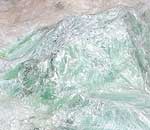 |
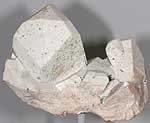 | 6 Feldspar |
|---|---|---|---|
| 2 Gypsum | 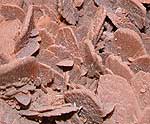 |
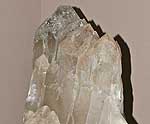 | 7 Quartz |
| 3 Calcite | 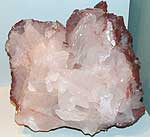 |
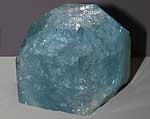 | 8 Topaz |
| 4 Fluorite | 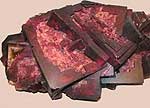 |
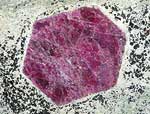 | 9 Corundum Ruby or Sapphire |
| 5 Apatite | 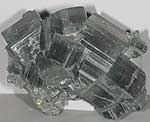 |
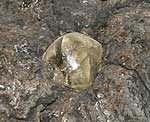 | 10 Diamond |
The following table shows the hardness of various common materials.
| Material | Hardness |
|---|---|
| Piece of chalk | 1 |
| Plaster of Paris | 2 |
| Fingernail | 2.5 |
| Gold | 2.5-3.0 |
| Penny | 3.5 |
| Iron Nail | 4 |
| Window Glass | 5.5 |
| Steel File | 6.5 |
| Ceramic tile | 7.0 |
| Aluminum oxide | 9.0 |
Copyright © 2003-2010 Calvin & Rosanna Hamilton. All rights reserved.